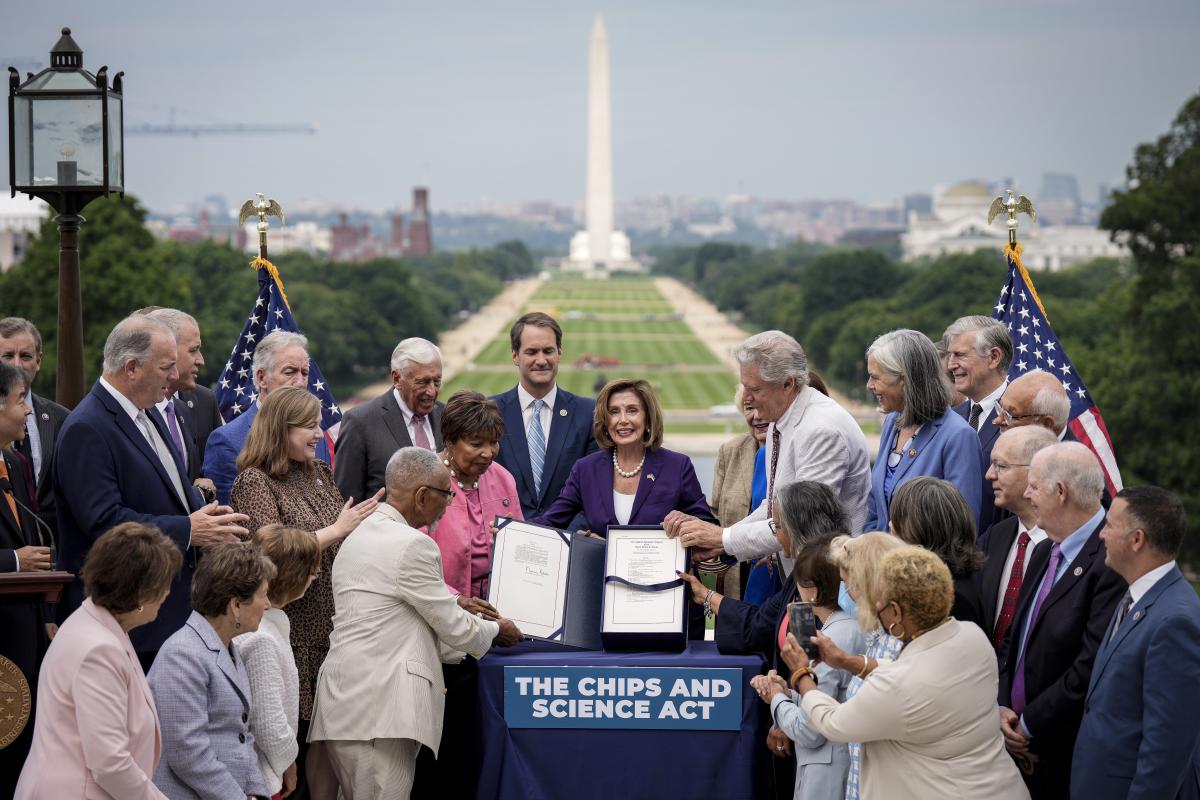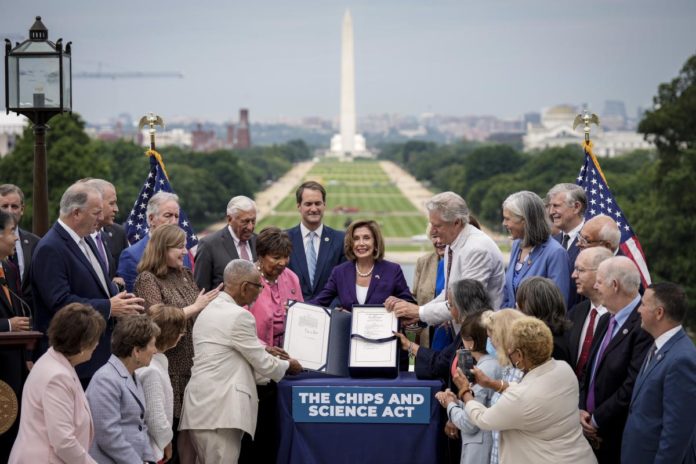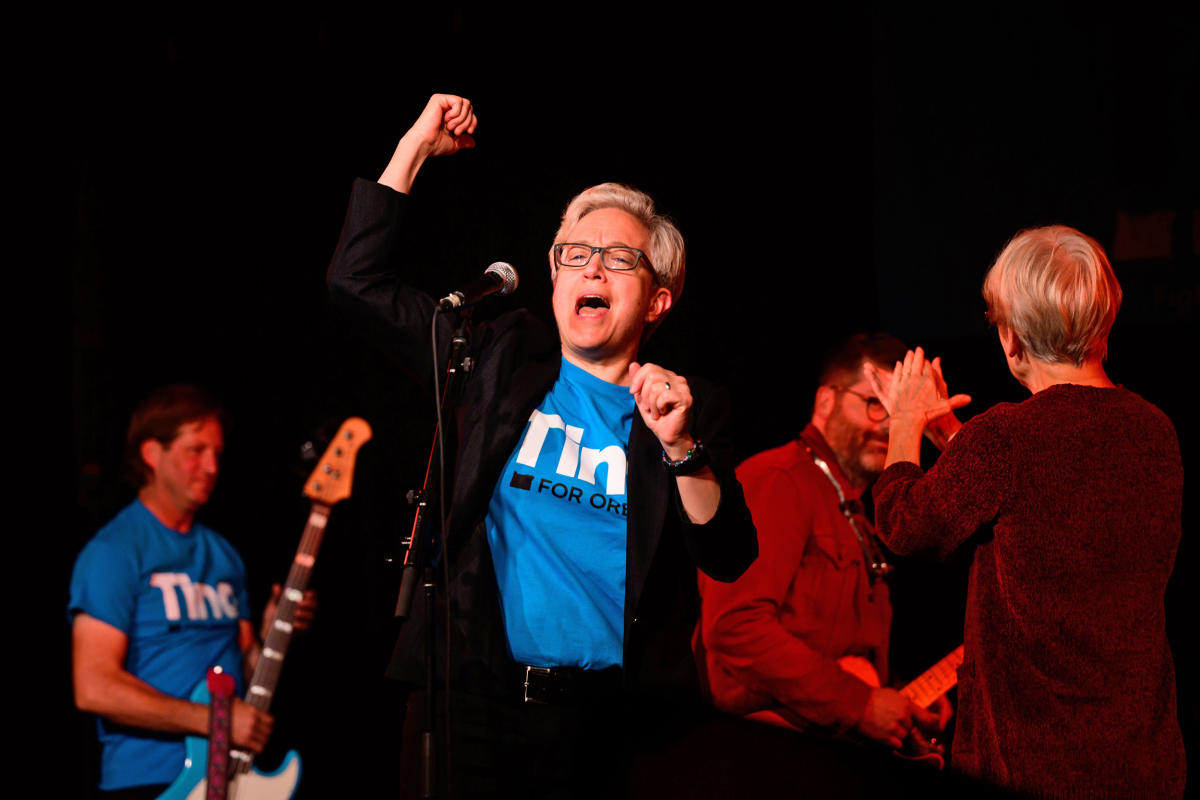
The first time I visited a congressional office, we talked extensively about ways to combat sexual harassment in academia, and particularly in science, technology, engineering and math (STEM) fields. That conversation was in 2019. On my latest visit in 2022, that was still one of the main topics of conversation on the Hill. Sexual harassment is rampant in academia. When universities should be leading and inspiring change in other organizations, the rate of sexual harassment in academia exceeds that of government or the private sector and is second only to the U.S. military. We hear countless stories across universities of early-career scientists and researchers being forced out of academia due to sexual and gender harassment.
The CHIPS and Science Act, recently passed by Congress, made headlines for appropriating billions of dollars for semiconductor manufacturing and authorizing hundreds of billions for science research and development. While scientists and researchers heralded the bill’s passage, many are seemingly unaware of the inclusion in the final legislation of a bipartisan bill: the Combatting Sexual Harassment in Science Act. By including this provision in the CHIPS and Science Act, Congress has taken on an aggressive commitment toward addressing rampant sexual harassment in scientific fields. The bill, which President Biden is expected to sign today, outlines a plan to radically redesign anti-harassment efforts in higher education and scientific research, and ensure we are not losing the talents of our next generation of scientists and researchers because of widespread sexual harassment in academia.
Why is this a monumental shift?
Most Popular
In 2019, the Association of American Universities (AAU) conducted a campus climate survey across 33 research universities. The survey found that 41.8 percent of all students reported experiencing sexually harassing behavior since enrollment and 18.9 percent of students reported sexually harassing behavior that either “interfered with their academic or professional performance,” “limited their ability to participate in an academic program,” or “created an intimidating, hostile or offensive social, academic or work environment.” Notably, among women graduate and professional students who were sexually harassed, nearly one in four (24 percent) reported the perpetrator was a faculty member or instructor.
The AAU survey results as a whole clearly showed that the world’s leading research universities were not doing an adequate job of preventing sexual harassment and misconduct on their campuses.
There are several challenges that make it difficult for institutions to address sexual harassment effectively, but they are often a result of their own policy failures, such as an overreliance on quick fixes that don’t address long-standing issues of exclusion in the academy and an overemphasis on formal legal compliance. The National Academies, in its 2018 report on sexual harassment of women in academic sciences and medicine, stated: “Too often, judicial interpretation of Title IX and Title VII has incentivized institutions to create policies and training on sexual harassment that focus on symbolic compliance with current law and avoiding liability, and not on preventing sexual harassment.”
Another major factor that makes it difficult for institutions to address sexual harassment adequately is the tendency to ignore gender harassment, which the National Academies report found to be the most commonly occurring form of sexual harassment. The National Academies report defines gender harassment as “verbal and nonverbal behaviors that convey hostility, objectification, exclusion, or second-class status about members of one gender.” Gender harassment includes comments, cartoons, jokes, gestures and other insults to members of one sex/gender group. Women of color are especially likely to experience harassment that is based on both race and gender stereotypes. For lesbian, gay, bisexual and transgender (LGBT) people, harassment often includes comments about sexuality or gender presentation.
Taking a cue from the National Academies’ report, with this bill, Congress has finally underscored the importance of this issue by directing the National Science Foundation and the White House Office of Science and Technology Policy to tackle sex-based and sexual harassment, setting the stage for tangible progress toward eliminating this from academia. The CHIPS and Science Act now requires the NSF to collect data on harassment and discrimination in science, and directs the federal government to fund research into sex-based and sexual harassment in the STEM workforce, including for students and trainees, and the development of evidence-based approaches for preventing, addressing and mitigating the negative impact of sex-based and sexual harassment. The legislation authorizes $32.5 million for these efforts.
This act is worth celebrating for many of its successes, but in the long run, the impact of passing Combatting Sexual Harassment in Science as part of the Chips and Science legislation may dwarf the more well-known funding provisions. This act represents one of the most significant opportunities to support students, particularly students of color, members of the LGBTQ+ community and women. This act will help the U.S. retain STEM talent in our workforce and support the most marginalized members of our communities. Fostering all available talent is the true mark of our global competitiveness.








